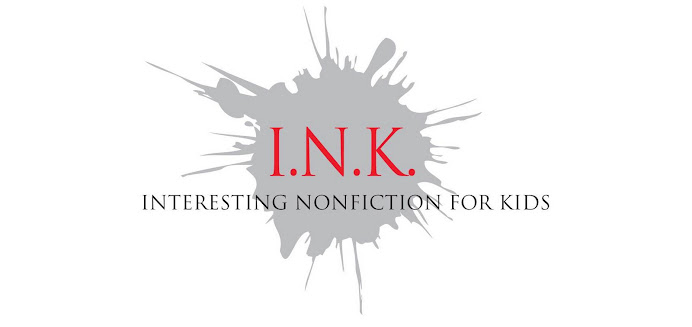Sometime in the early 70s, these books appeared on the big shelf in our family room:
Until seeing this picture, I had forgotten the rainbow-like arrangement you could make with the binding colors of the LIFE Nature Library. There were 25 volumes in all—a few are missing from this photo. One of the great things about this type of collection is the serendipity...it was like browsing in the library but on a smaller scale. It was comprehensive, covering animal behavior, the poles, the insects, evolution, plants, even the universe!
Confession: I didn't read every word. There were many pages with a high text to image ratio, which has never been my favorite approach for this kind of material. Spare me the endless prose…just give me plenty of pictures, you know? Speaking of which, here are some relevant images:
Anyway, time and time again I examined every photograph, drawing, and diagram and read the captions as well as a fair amount of the
To zoom up to the present day, I'm still intrigued by anything to do with nature, past or present. The other night we watched The Hunter, a fictional tale about the last Thylacine (aka the Tasmanian tiger/wolf, actually a carnivorous marsupial). In reading more online about the animal afterwards, I came across this photographic comparison of Thylacine and wolf skulls that show a remarkable example of convergent evolution.
 |
| The last known Thylacine, Benjamin, c. 1933 |
The newest book in Hannah Bonner's prehistory series is about the Triassic period when dinosaurs first emerged along with the first mammals. When Dinos Dawned, Mammals Got Munched, and Pterosaurs Took Flight: A Cartoon Prehistory of Life in the Triassic looks just as fun as her previous two books. In addition to the fascinating animals, she includes many prehistoric plants as well as liberal doses of humor. As a former Mad Magazine junkie, I love a helping of humor and/or satire stirred into my information soup. Her books are great for ages 8-12 (and older, if you ask me) and are published by National Geographic.
Nat Geo is also the publisher of the Little Kids First Big Book of Dinosaurs, written by Catherine D. Hughes and illustrated by Franco Tempesta. The image shown is not the cover, but I love that little microraptor gliding by. It has a gazillion facts, dino descriptions, fun questions, baby dinos, easy-to-comprehend pronunciations, tips for parents, and outstanding realistic artwork that transports the reader back in time. It is 128 pages and is for ages 4-8.
And one of mine is My Teacher is a Dinosaur and Other Prehistoric Poems, Jokes, Riddles, & Amazing Facts. It gives an overview the history of life in 48 pages, starting from the time when Earth was still molten. There are quite a few dinosaurs, but many, many other fabulous creatures including a few humans.
In terms of approach it has some of the elements in common with the two books above...plenty of facts, humor, realistic artwork, and pronunciations of those jaw-breaking names...and also limericks, verses, and silly jokes. Several excerpts are shown in this post on my book blog. The age level is 8 and up.
 |
| Click image to go to download page |
I don't know of any modern equivalent of the LIFE Nature Library with its expansive coverage inside those matching volumes. Most of us compile our libraries piecemeal, which seems to work just fine. In any case, how information is organized and presented is important because different approaches will engage different readers. The prehistoric parallel is that wherever there is rich content for readers, an opportunity may arise to evolve in a new direction.





.jpg)

































